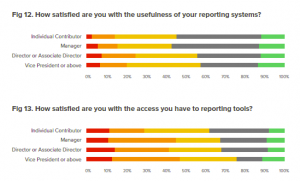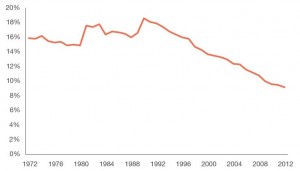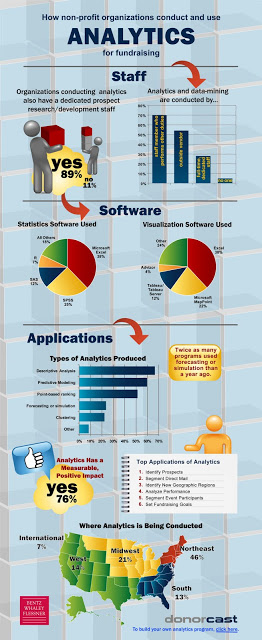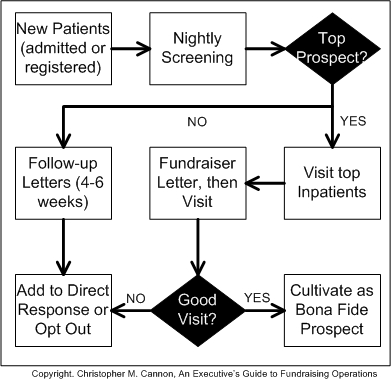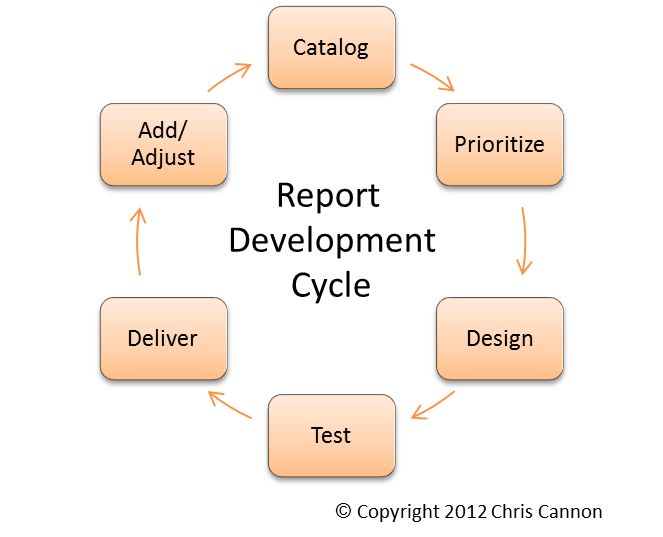
Our Industry’s options for core advancement systems (i.e., CRM/database and other core data processing
and storage functions) have ebbed and flowed in the last 20 years. A look at the market now yields over a hundred possibilities, but the concentration of use of selected vendors and products continues. This is particularly true within higher education and healthcare (where most of principal and major giving is happening these days).
So what does this mean for the industry and for you? It depends on where your organization is on the advancement systems transition timeline. Did you just convert? Are you looking? Is transitioning years away? Each of these scenarios come with their own set of needs and realities for organizations that may preclude switching systems. If you’re in the market, this analogy is for you.
I think about this stuff every waking hour and have created my fair share of analogies to describe situations. For instance, I sometimes say that many shops are making the move from Friday night stock car races to Sunday NASCAR, yet their budgets and “pit crews” aren’t growing apace. One analogy that has been particularly useful to clients and colleagues is my”neighborhood” comparison.
I’ve hesitated to share this analogy because, to be honest, feelings are about to be hurt. Vendors and users will vehemently disagree with me. Nuances and flaws in the analogy will be identified. Of course, this is why system selection counsel and rigor during that process is vitally important. In my 20 years in the business, I have used, helped clients select and implement, and recommended, whatever system is best in each circumstance.
So, without further ado, let’s compare buying a new advancement system to buying a new house. To simplify house hunting, let’s say you have three choices: a McMansion, a Renovation, and a Design-and-Build.
- The McMansion seems lovely. It’s in a great neighborhood with a Whole Foods down the road and the schools are solid. However, you can’t have a fence or paint your house certain colors – there are limitations, you see. The place is a little generic, but it has most of what you’d ever need. It will require some compromises, but it will be ready on time and at budget.
- The Renovation puts you in a neighborhood that is gentrifying with a home that has “good bones” and great promise. You would prefer if more folks lived nearby and that the house next door wasn’t just vacated by a long-time resident, but the craftsmanship works. The risks here may be asbestos on the inside but are equally likely to be problems on the outside.
- The Design-and-Build sounds awesome. Pick your own spot on a lake, with deer prancing in the field below! Engage an architect, and a contractor, and an Italian glaze specialist! You have all of the choices and none of the structure, which means this will be a neat opportunity with a number of risks along the way.
Some of you realized your limited choices and decided not to move from your current location but opted to purchase a “vacation home” instead. I’d compare this to implementing significant advancement technology to fill a gap. This might be something like EverTrue, Reeher, Quadwrangle, or (the dreaded, but common) shadow database(s). The utility here is to take a very complex decision about sometimes very expensive choices and apply some tricks and tips to make sense of it all.
All of us need to realize that the market we shop in for solutions is limited. To get the best deal for your institution, you should share as much as you can about your research and needs. You should hold these “builders” to task over the outstanding punch list. And, the vendors in our space need to be consistent, keep clients’ needs in mind, and worry less about market share than alignment of systems with advancement programs. In short, we need to manage expectations about what we buy as vendors do a better job in building and developing what they sell.
So, which vendor/product do you think fits which purchase? Put your ideas for 1/2/3 in the comments and I will share my thoughts on which product is which in a bit. And if you have other analogies, please share them!



